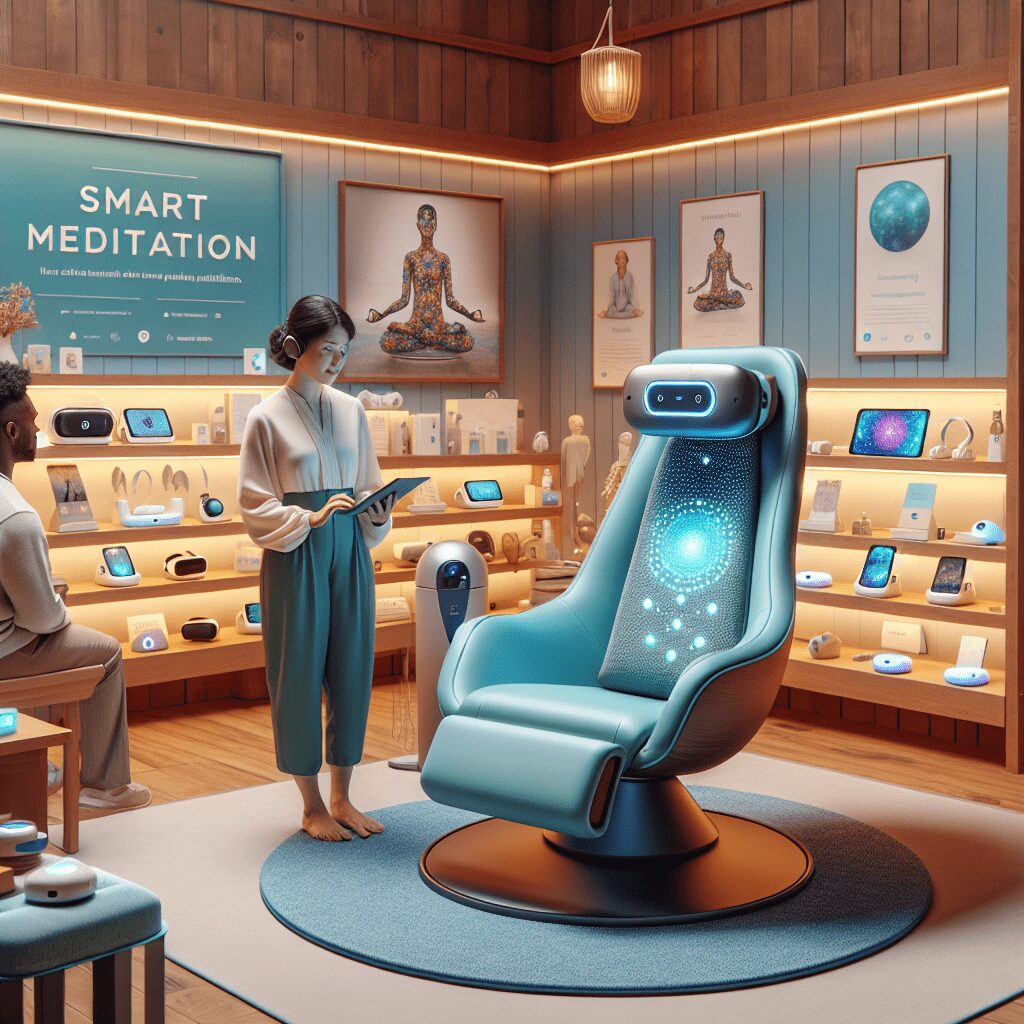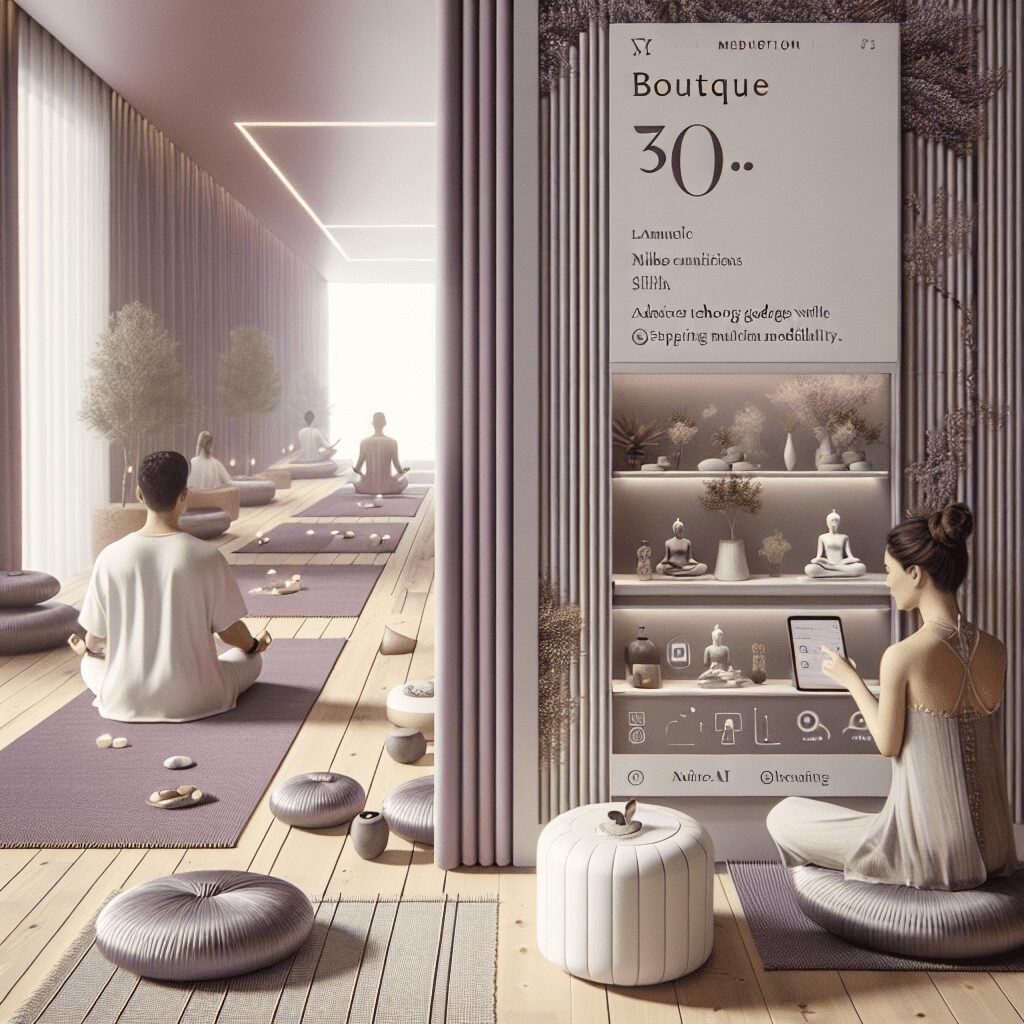
Prioritize your mental well-being daily. Enhance your life by nurturing your mental health with the Smart Meditation app. Break free from stress, alleviate anxiety, and enhance your sleep quality starting today.
What Kind Of Designs Reduce Stress?
Unlocking the Zen: Designs that Dial Down Stress
In today’s fast-paced world, where the hustle and bustle seem never-ending, finding tranquility can feel like searching for a needle in a haystack. Yet, what if the secret to stress relief could be hidden in plain sight, within the very walls we live or work in? Yes, we’re talking about the powerful role of design in crafting spaces that aren’t just functional or visually appealing but are sanctuaries that help melt the stress away. So, buckle up, as we dive deep into the realm of designs that not only catch the eye but soothe the soul.
The Palette of Peace: Colors that Calm
Ever walked into a room and immediately felt a wave of calm wash over you? Chances are, the color scheme played a big part. It’s no secret that colors have a profound impact on our mood and mental well-being. Soft, earthy tones like sage green, sky blue, and warm beige can act like a balm to our frazzled nerves. Here’s the skinny on how colors can turn your space into a stress-free sanctuary:
- Sky Blue: Reminiscent of a clear, cloudless sky, this color reduces anxiety and brings a sense of peace.
- Soft Greens: Echoing the tranquility of nature, greens, especially the softer shades, promote relaxation.
- Beige and Earth Tones: Grounding and soothing, these colors create a cozy, comforting environment.
Minimalism: Less is More
Ever heard the phrase, “A cluttered space equals a cluttered mind”? Well, there’s more truth to it than you might think. The principles of minimalism go beyond just a design trend; they advocate for a simplified lifestyle, freeing your space from the chaos of clutter. Here’s how embracing minimalism can be a game-changer in reducing stress:
- Declutter: Start by decluttering. It’s not just about ditching stuff but about embracing items that bring joy or serve a purpose.
- Quality over Quantity: Invest in fewer, high-quality pieces that will stand the test of time.
- Functional Beauty: Opt for designs that are both aesthetically pleasing and functional, striking a perfect balance between form and utility.
Nature’s Embrace: Biophilic Design
If minimalism had a bestie, it would be biophilic design. This approach takes cues from nature, creating spaces that connect us to the outdoors and harness the calming effects of the natural world. Think large windows that bathe a room in natural light, indoor plants that purify the air, and materials that mimic the outdoors like wood, stone, and natural fibers. Biophilic design doesn’t just look good; it feels good, too.
- Natural Light: Maximizing natural light can boost your mood and enhance your space’s overall warmth and appeal.
- Plant Life: Incorporating plants not only improves air quality but can also reduce stress and increase feelings of well-being.
- Natural Elements: Use materials like wood and stone to bring the outside in, creating a serene and inviting environment.
Let There Be Light: The Magic of Illumination
Lighting does more than just help us see; it sets the mood. Harsh, fluorescent lights can elevate stress levels and strain the eyes, while soft, layered lighting can create a relaxed, inviting atmosphere. Incorporate a mix of light sources, from natural daylight to ambient and task lighting, to craft spaces that radiate calm.
Wrapping It Up
Creating a stress-reducing space is all about blending form with function, embracing simplicity, and bringing elements of the natural world indoors. It’s a holistic approach that doesn’t just focus on aesthetics but prioritizes emotional well-being, transforming your space into a true sanctuary. So, next time you’re pondering a redesign, remember: the best designs not only look good but make you feel good, too. Why settle for anything less when your peace of mind is on the line?





